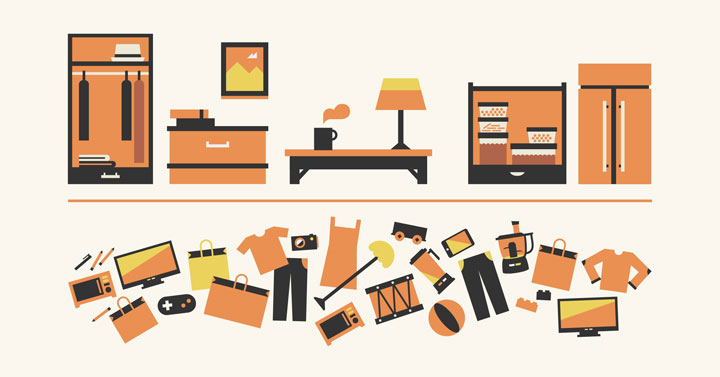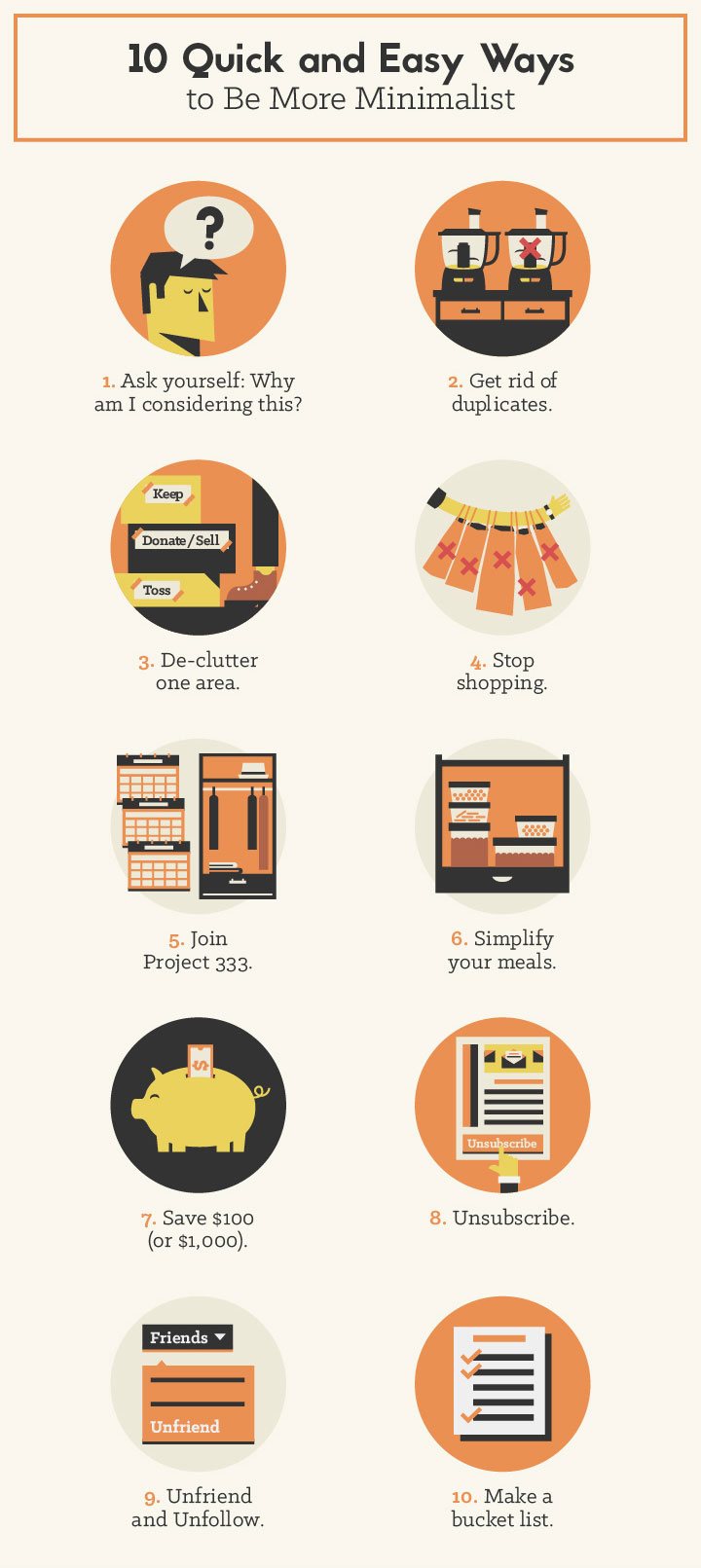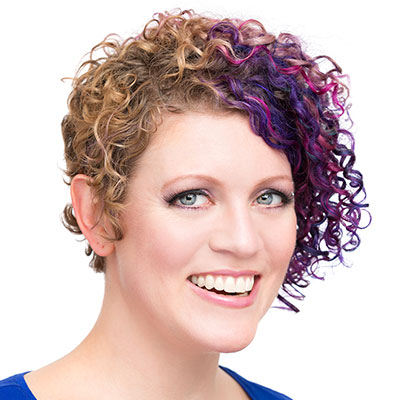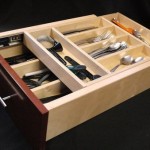“My greatest skill in life has been to want but little.”
– Henry David Thoreau, Walden
Imagine if you got rid of all your excess possessions, gave up your car for a bicycle, left the job that takes up all your time, and started over with a simplistic life?
Deep down, the human heart sings a simple song, and for millennia great thinkers have proclaimed that the key to happiness lies not in acquiring more, but in being satisfied with less.
In today’s world, the average individual is likely to have more stuff than at any previous time in history. It can be difficult, in a society focused on conspicuous consumption, to follow the siren song of simplicity. But a growing movement known as minimalism shows us that living well with less isn’t just possible—it can be highly rewarding.
Why Go Minimalist?
The minimalism movement is picking up speed. This simple, powerful ideological shift speaks to people in all strata of our society. Living minimally is accessible to anyone and holds potential benefits for most. Each person may have his or her own reasons for choosing the lifestyle. Ask yourself: What’s in it for you?
One effect of adopting a minimalist lifestyle is pretty much unavoidable: Your life will become more simple and streamlined. For many minimalists, that’s the whole point: to stop being driven by stress, overcommitment, the urge to continuously “upgrade” your life and possessions, et cetera. For Joshua Becker, the change began the day he realized that keeping up with his stuff was keeping him away from spending time with his family. By simplifying his life, he found more time and meaning.
Saving money is another positive consequence of minimalism, particularly in the wake of the economic downturn. Worldwide financial turmoil caused many people to tighten their budgets. Some people realized that a financially sustainable minimalist lifestyle really wasn’t all that radical a change. When you cut down on unnecessary shopping, commit to your savings account and start paying fewer bills, your financial situation is bound to improve.
Another common reason to go minimalist is that it’s easier to be environmentally and socially responsible. When you consume less, you also create less waste and significantly reduce your impact on the environment. And when you begin to choose your possessions much more carefully, you are more likely to consider where things came from, how they were made, and of what sorts of materials were used. That may mean spending more for a durable, quality item that was produced sustainably and locally; but if you don’t need to buy that item again for years or even decades, it’s probably worth the investment.
Finally, minimalists often take full advantage of the collaborative economy and new work models, made possible through the Internet-driven culture shift. Owning fewer possessions (that often includes a car) means sharing, renting, and co-owning everything from tools to transport and clothes. And when you’re living comfortably on a smaller budget, you can experiment with shorter workdays, remote work, and even have location independence. Freedom is looking freer all the time.
What Does it Mean to Become a Minimalist?
Minimalism is, by definition, life altering. Don’t expect to make the shift overnight. You’re more likely to make gradual progress in a variety of ways—starting right now. There’s no ideal or perfect way to do it; minimalism is more an attitude adjustment than a code of behavior.
You can probably start by looking at the Pareto principle and how it applies to your life. Many minimalists report having discovered that they use 20 percent of their “stuff” about 80 percent of the time. The Pareto itself proclaims that focusing on the most important 20 percent of your tasks will create 80 percent of your positive effects (including revenue). What imbalances does the 80/20 rule uncover in your life, and how can you restore balance by focusing on what’s truly important?
For most, the first step to becoming a minimalist is to purge possessions—but donating, selling, and tossing material goods is just the start. How can you purge your activities and become “unbusy”? What would it mean to truly change your routine and thus change your lifestyle to one with more free time and fewer obligations?
One of the best ways to cut down on the things you need is to figure out what need really means. Over time, your goal should be to examine each and every one of your possessions and ask yourself, “Do I really need this?” If you use an item every day or rely on it for an essential function, keep it. For everything else, learn to rent or share non-essential possessions, which can include everything from clothing, to art, to transportation, via the collaborative economy.
One way to force yourself to minimalize is to downsize your living space. Life in a tiny house or a studio apartment brings with it the need to get more out of less. You may invest in multi-functional furniture or spend time creating the most efficient layout. Rethink your space to inspire a new, minimalist mindset.
10 Easy and Immediate Ways to Be More Minimalist
Want to give minimalism a whirl? Whether or not you start labeling yourself a minimalist, you can start adopting some new behaviors right away. Try out one or more of these steps and see what effects they bring to your life. Remember, minimalism isn’t just about having less stuff.
1. Ask yourself, “Why am I considering this?”
Examine your motivations. Why do you want to live with less? What does it mean to you? Write down your reasons. Once you have a clear sense of how minimalism may work for you, the rest will come more naturally.
2. Get rid of duplicates.
Use Courtney Carver’s trick to downsize for beginners: Walk throughout your house, gathering anything you have more than one of—from gadgets to extra table linens. Put it all in a box and see if you can live without it for a month.
3. De-clutter one area.
If you suffer from too much clutter, it may be daunting to purge all the extra stuff from your entire home. So start with a desk, or a closet, or a corner table. Remove all the clutter, then sort it into groups: keep, donate/sell, toss. Do everything in your power to keep clutter from piling up there again.
4. Stop shopping.
This is the easiest action on the list—it’s more like an inaction. Simply stop buying new things for a day, then a week. After the week is up, you may have learned some interesting insights about your shopping compulsions, and what sorts of things you actually need instead of just want.
5. Join Project 333.
Can you live for three months with just 33 items of clothing? Project 333 says you can. Pare down your wardrobe to the essentials—that 20 percent of your clothing that you wear 80 percent of the time anyway—and let simplicity set your closet free.
6. Simplify your meals.
Eating something different at every meal is exciting, but it’s not always necessary. Consider having the same breakfast and lunch every day, all week. It’ll save you time and money as you cut back on shopping, planning, and cookware/tools necessary for all those different meals.
7. Save $100 (or $1,000).
How quickly are you growing your bank account? Do you have enough funds available in case of an emergency? If you decided to switch to a new career, would you be able to afford it? Having a good-sized savings account opens up more possibilities. Set a financial goal, and see how fast you can reach it.
8. Unsubscribe.
Possibly the most immediately rewarding action on this list: Clear up the clutter in your inbox by unsubscribing to emails that aren’t serving a distinct purpose. It’s a lot easier to reach “inbox zero” this way, and brings plenty peace of mind too.
9. Unfriend and Unfollow.
You know that person on your friend list who’s always posting offensive jokes and poorly researched “news” articles? Don’t let false friends pollute your information streams. Unfriend the offenders.
10. Make a bucket list.
Everyone needs a bucket list, especially people considering a lifestyle change. What would you do if money and time weren’t issues? What do you absolutely have to do, see, and try during your life? Let your dreams guide your actions.
Just Start
Are you sure the minimalism movement is for you, or are you still on the fence? It doesn’t matter—you can always benefit from simplifying your life. It doesn’t have to be complicated (in fact, uncomplicated is the whole idea). And it doesn’t have to end with you living like a hermit. All it takes are a few small actions to lighten your load, free up your time, and save you a bit of money.
It’s a change worth trying, but change doesn’t happen until you take the first step.
If this article has you in living a more organized, minimal life, check out these built in closet organizers.—http://www.custommade.com/gallery/custom-closets/









